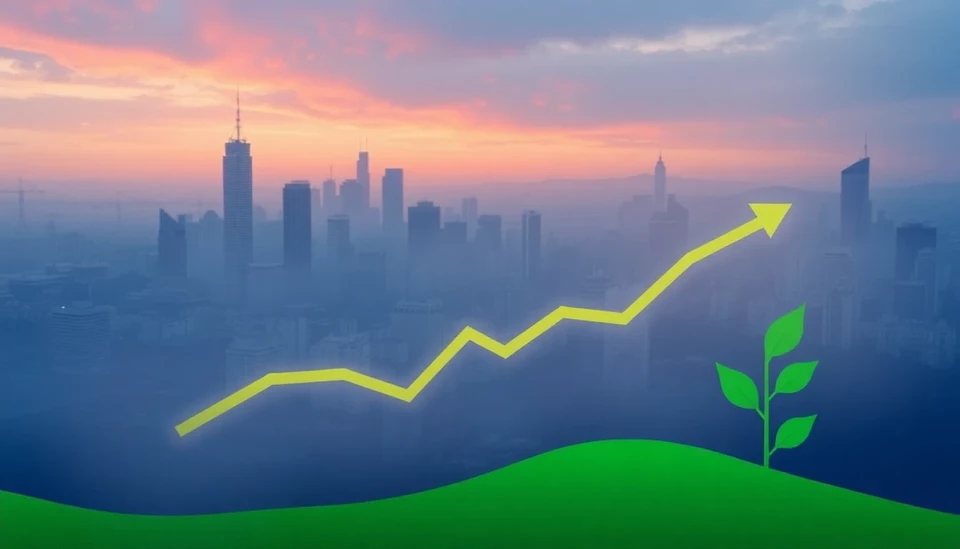
In an evolving financial landscape, green investors face a formidable challenge. As governments around the globe wrestle with soaring sovereign debt levels, the implications for green financing are profound. The pressing question many investors are grappling with is how to reconcile their commitment to environmental sustainability with the realities of fluctuating debt and fiscal policies.
Recent analysis highlights that the burden of sovereign debt is not only a fiscal concern but also a critical environmental issue. This predicament is particularly pronounced in developing nations, where the dual tasks of addressing debt repayment and funding sustainable development have become increasingly complex. As countries seek to attract green investments, the dilemma arises: will high levels of debt deter investors, or can these nations leverage their positions to foster environmentally beneficial initiatives?
With global debt reaching staggering heights, the International Monetary Fund (IMF) has issued warnings about the sustainability of public finances. A particular concern is that many countries are prioritizing immediate economic recovery over long-term green initiatives. This short-sightedness could drastically undermine progress toward climate goals, especially in regions that are already vulnerable to climate change impacts.
Moreover, investors are becoming more cautious. They are closely evaluating the creditworthiness of sovereign debt, considering how a government’s fiscal health might impair its ability to fund crucial environmental projects. There is a growing consensus among financial analysts that countries with high debt levels may be less able to commit to meaningful green investments, raising alarms for environmentally focused investors.
Ironically, the push for sustainable bond markets could exacerbate these challenges. Green bonds, designed to fund environmentally friendly projects, may become less attractive in a high-debt environment if governments struggle to maintain favorable credit ratings. This situation necessitates a thought shift among investors, one that acknowledges the intertwined nature of fiscal responsibility and ecological sustainability.
On the other hand, some experts argue that high levels of sovereign debt are not inherently detrimental to green investment. They assert that with the right policies in place, governments can use their borrowing capacity to support transformative green initiatives. By investing in renewable energy, infrastructure improvements, and sustainable agriculture, these countries could stimulate economic recovery while also generating long-term environmental benefits.
The crux of the issue lies in defining a coherent strategy that aligns fiscal management with environmental goals. Investment frameworks may need to evolve to better incorporate the delicate balance between debt sustainability and ecological integrity. Investors should advocate for policies that prioritize green projects as critical avenues for economic recovery rather than mere afterthoughts in the national budget.
As the toolset for addressing climate change expands, the integration of green criteria into debt considerations could redefine how sovereign debt is perceived. Policymakers must explore innovative financing options, such as public-private partnerships, to alleviate the pressures of debt while simultaneously promoting sustainable growth. This approach could reassure investors and encourage them to support government endeavors aimed at environmental stewardship.
In conclusion, the intersection of sovereign debt and green investment represents a pivotal moment for policymakers and investors alike. The challenges are evident; however, with strategic thinking and collaborative action, it is possible to navigate this landscape effectively. As nations harness their debt capacities towards sustainable futures, the prospect of a greener, financially stable world could be on the horizon.
#GreenInvestment #SovereignDebt #ClimateChange #SustainableFinance #EconomicRecovery
Author: Megan Clarke




